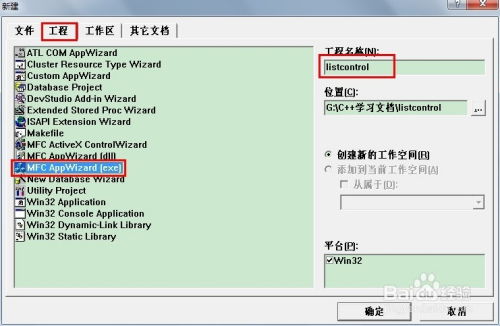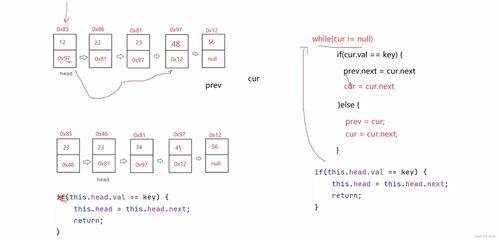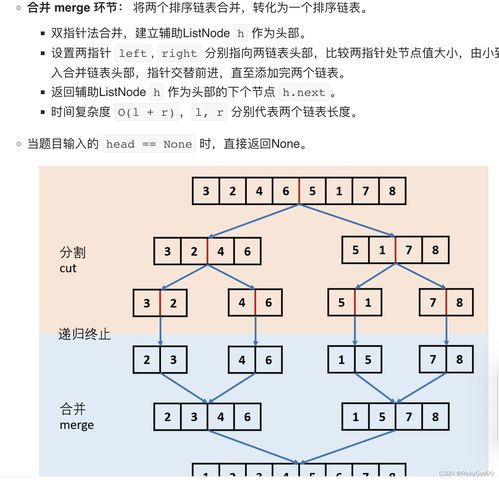Understanding the Head Pointer in a C Linked List
When working with linked lists in C, understanding the concept of the head pointer is crucial. The head pointer is a fundamental element that allows you to navigate through the linked list efficiently. In this article, we will delve into the details of the head pointer in a C linked list, exploring its significance, implementation, and usage.
What is a Head Pointer?

The head pointer is a variable that points to the first node of a linked list. It serves as the entry point to access and manipulate the elements in the list. By having a reference to the head node, you can traverse the entire linked list by following the pointers from one node to another.
Why is the Head Pointer Important?

The head pointer is essential for several reasons:
-
Efficient Traversal: With the head pointer, you can easily traverse the linked list in either direction, starting from the head node and moving to the tail node or vice versa.
-
Insertion and Deletion: The head pointer allows for efficient insertion and deletion operations at the beginning of the linked list. By modifying the head pointer, you can add or remove nodes from the front of the list without having to traverse the entire structure.
-
Memory Management: The head pointer helps in managing the memory allocated for the linked list. By keeping track of the head node, you can easily deallocate the memory when the list is no longer needed.
Implementation of the Head Pointer

Let’s take a look at how the head pointer is implemented in a C linked list. We will start by defining a structure for the nodes in the linked list:
struct Node { int data; struct Node next;};In this structure, the ‘data’ field holds the value of the node, and the ‘next’ field points to the next node in the list. To implement the head pointer, we will declare a variable of type ‘struct Node’ and initialize it to NULL:
struct Node head = NULL;This declaration creates a head pointer named ‘head’ that initially points to NULL, indicating an empty linked list. As we add nodes to the list, we will update the head pointer to point to the first node.
Adding Nodes to the Linked List
Adding nodes to the linked list can be done in two ways: at the beginning (head insertion) and at the end (tail insertion). Let’s explore both methods:
Head Insertion
Head insertion involves creating a new node and updating the head pointer to point to this new node. Here’s an example of how to perform head insertion:
struct Node createNode(int data) { struct Node newNode = (struct Node)malloc(sizeof(struct Node)); newNode->data = data; newNode->next = NULL; return newNode;}void insertAtHead(struct Node head, int data) { struct Node newNode = createNode(data); newNode->next = head; head = newNode;}In this code, the ‘createNode’ function creates a new node with the given data and initializes its ‘next’ pointer to NULL. The ‘insertAtHead’ function then creates a new node, sets its ‘next’ pointer to the current head node, and updates the head pointer to point to the new node.
Tail Insertion
Tail insertion involves traversing the linked list to reach the last node and adding a new node at the end. Here’s an example of how to perform tail insertion:
void insertAtTail(struct Node head, int data) { struct Node newNode = createNode(data); if (head == NULL) { head = newNode; return; } struct Node current = head; while (current->next != NULL) { current = current->next; } current->next = newNode;}In this code, the ‘insertAtTail’ function creates a new node and checks if the head pointer is NULL. If it is, the new node becomes the head of the list. Otherwise, it traverses the list to reach the last node and updates its ‘next’ pointer to point to the new node.
Traversing the Linked List
Traversing the linked list can be done by following the ‘next’ pointers

















